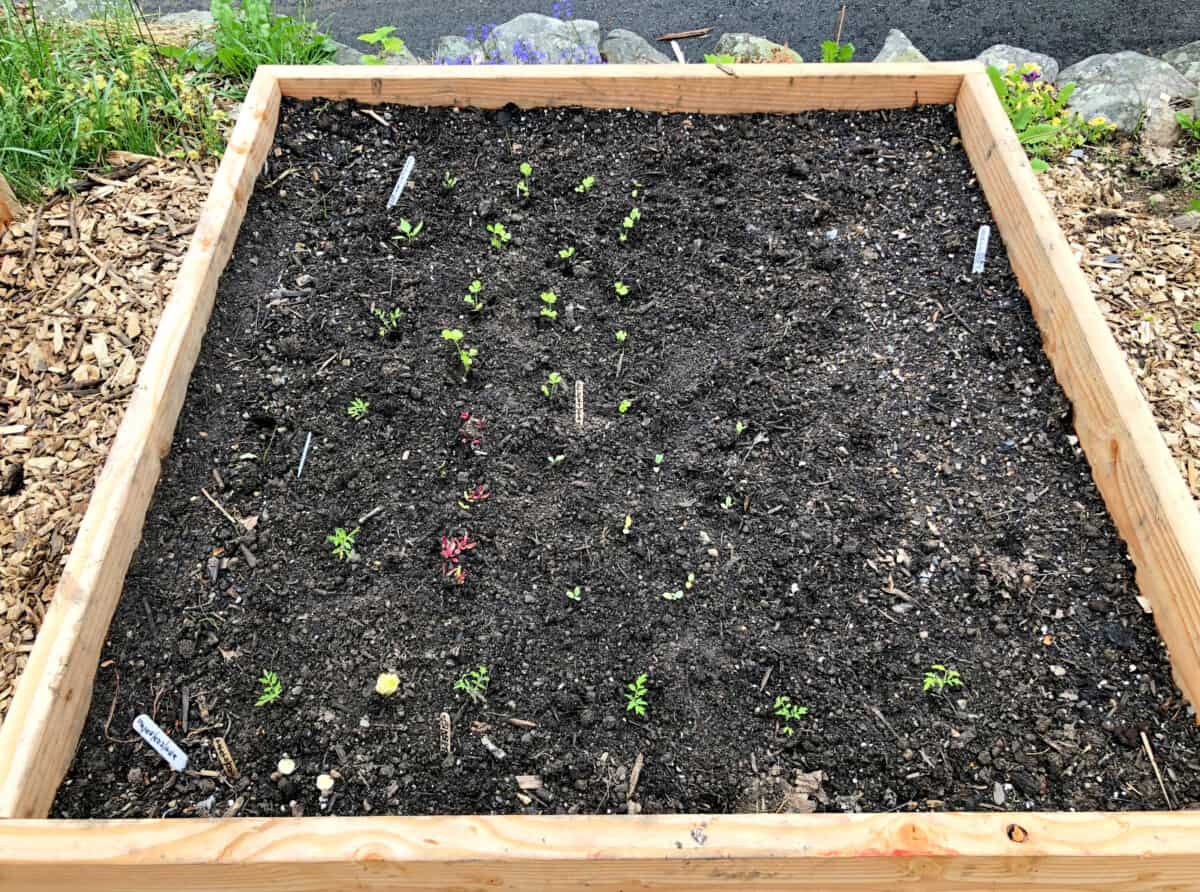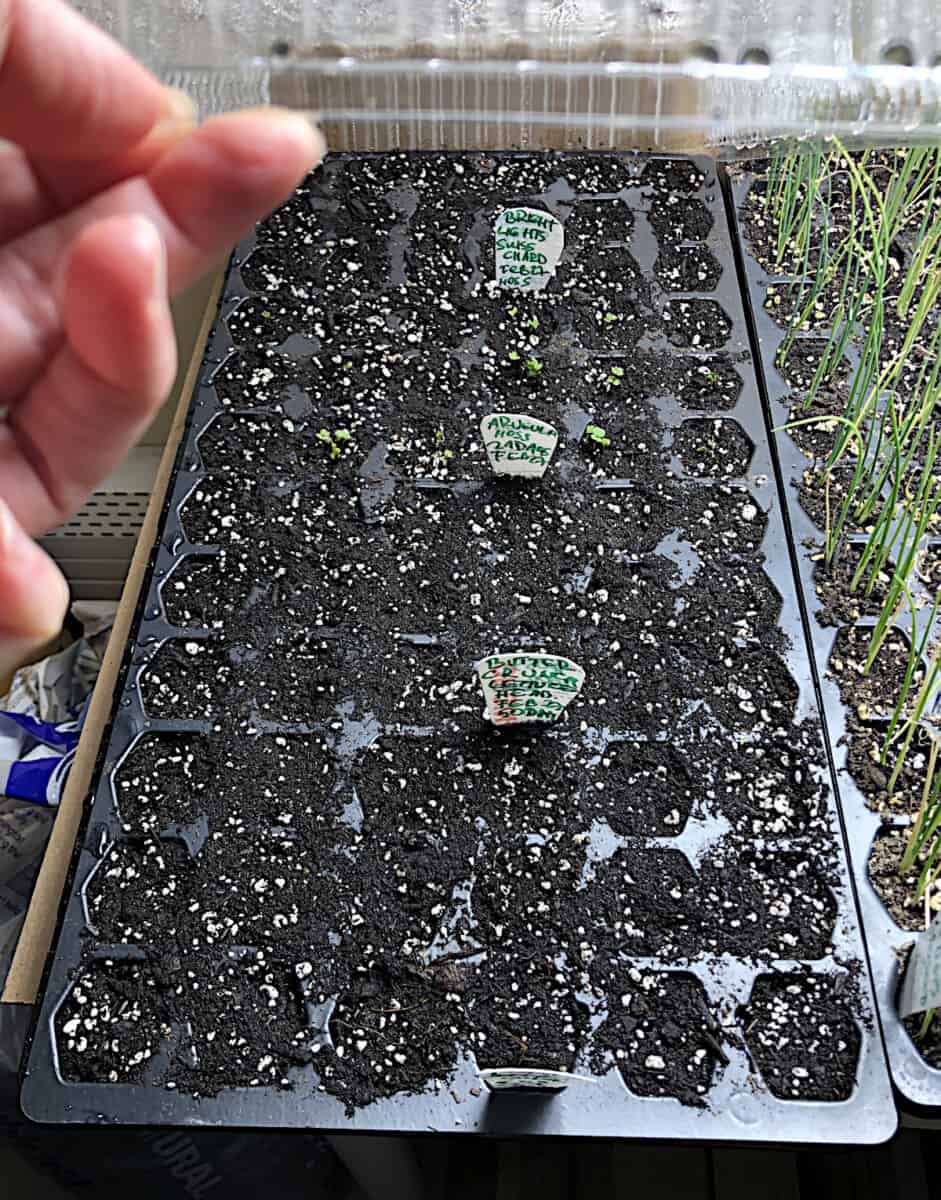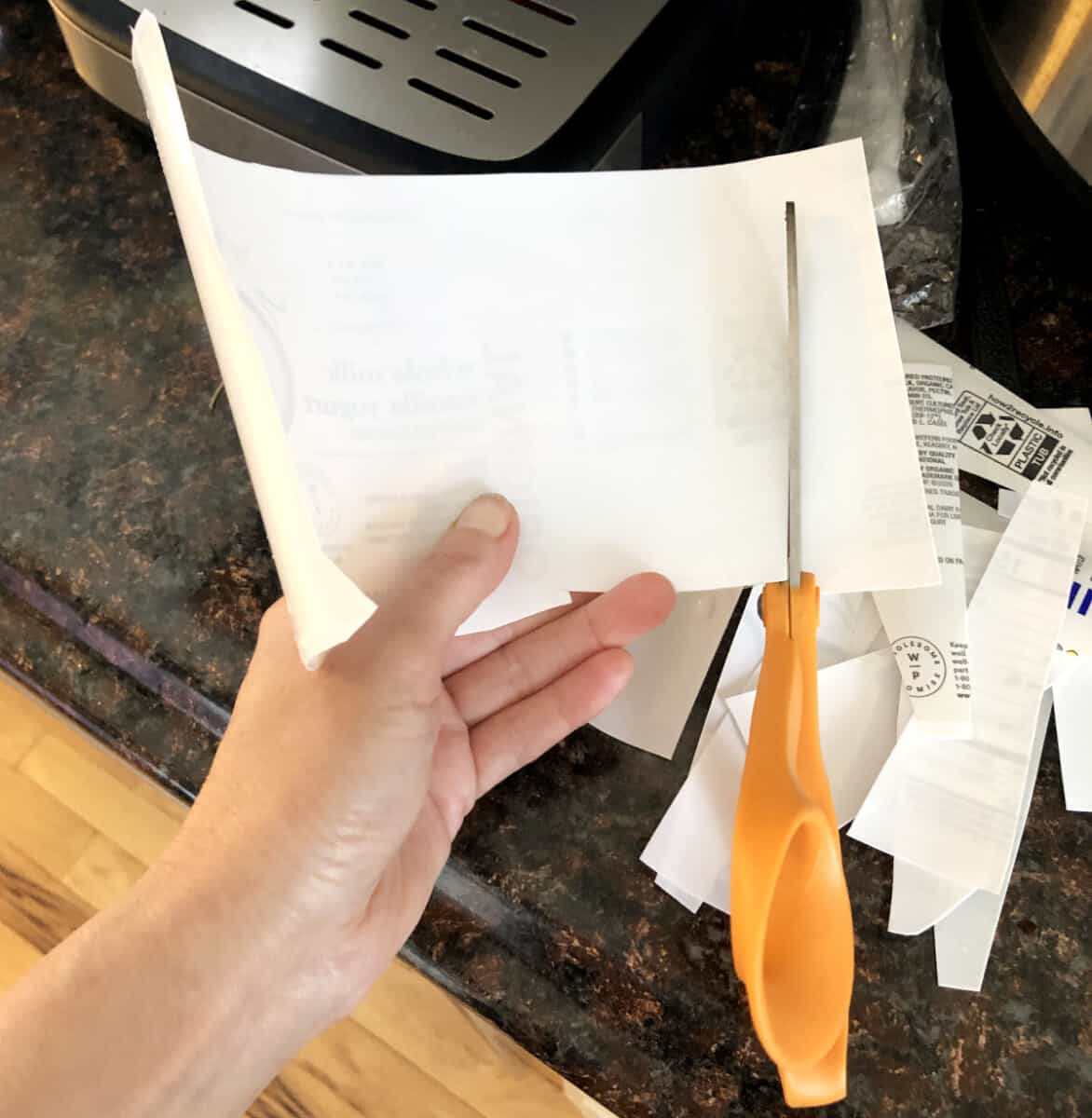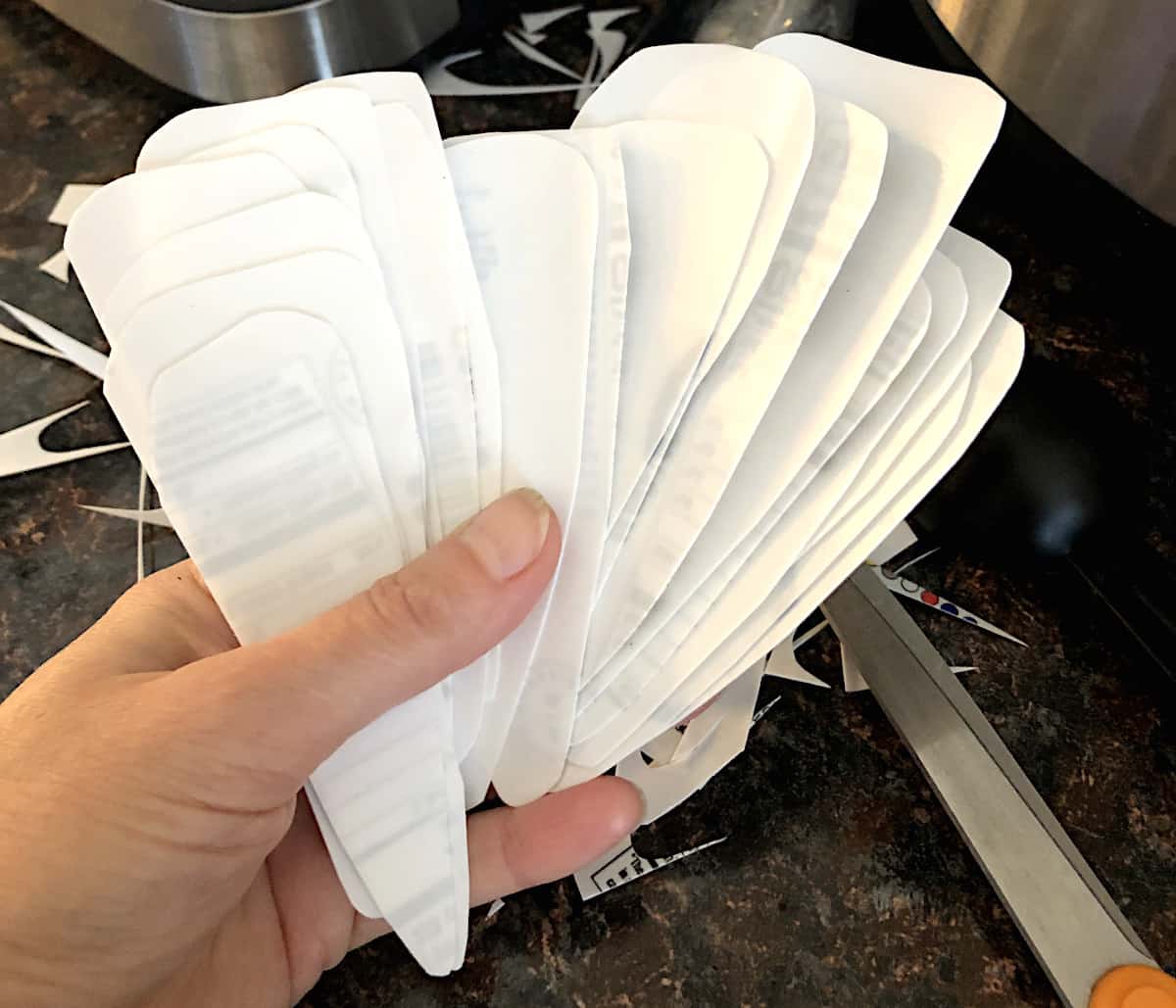Have you been through what I have been through, thinking that you will surely remember what you planted where, and in a couple of days you learned that it did not work as you though? Well, I have! I sometimes planted several different vegetables at once and thought, I will mark them tomorrow. And when tomorrow came, I had no idea what I planted in the row number 1, in the row number 2 and so on. I learned the importance of labeling my rows, and what I planted where.
These are the main reasons why labeling plants in the garden is important:
- Keep track of what seedlings and plants are occupying your growing space
- What seeds, seedlings are still needed to be planted
- Keep track of plants in containers, seed trays, or in winter sowing vessels
- To remember what you sowed or planted where
- To remember on what dates, you planted certain seeds and plants
- To identify what plants are dormant, not doing well, need to be sowed or planted again
- Keep track of what cultivars you already have
- To communicate important information about certain plants such as watering, sun exposure, fertilizing, what color is the plant when in bloom or when yielding
- To help you remember spacing required, planting date, days from sowing to harvest, and date to harvest
- Keep your family informed in case they will harvest by themselves
- When someone else takes care of your garden when you are not around
- Help monitor the growth of the plans, care, instructions
- Labels are useful when interplanting or companion planting multiple cultivars together
- When planting different varieties on different dates
- When sharing gardening responsibilities
- When you want to save seeds or bulbs
- When you grow food and other people harvest it like in community pantry garden
- When a garden or lot is shared and you want to keep everything well separated and marked
- For educational purpose of others, like your children for example
Visit my guide on How to make your own free DIY plant labels and why

Is labeling plants necessary?
Well, for those who don’t mind to have a surprise garden, it is not necessary to label the plants, but for the rest of us gardeners, I would say it is a must. Every time I sent my husband into the garden to pick something, he just tells me he won’t go because he has no idea where is what and how it looks like. For people like him labels are very important.
It is necessary to have your garden labeled especially when the seeds are freshly in the ground and are still covered with soil. It is helpful to recognize what parts of the garden is already occupied and what part of the garden is still empty. Before the seeds germinate all the ground looks just the same. If you however label what part of the garden is taken, you can spot with ease where your next seeds or seedlings will go.
Each gardener has his and her own style of labeling. I like to use relatively small labels with only basic information on it. I do not enjoy filling up labels, so I keep it short and simple including only name of the plant, date planted, days to harvest, sometimes date when to harvest, the company I bought the seeds from to keep track how well the seeds germinate and if I was happy with the harvest so I can be informed if I will purchase again from the same company in the future or not. That is it.
As you garden you will quickly find out what information you like to have on your plant labels.
How to label plants
A plant label should include all the care information important for the certain plant and information important to you or the one who will be working, harvesting or interacting in the garden and the plants directly. Once you have your label filled with information you want, place them in close proximity of the plant they belong to. Place the label so it is clearly visible and not shaded by other plants. Make sure the label does not cast shadow on newly planted seeds or tender seedlings. When finding best spot for your label, place it far enough from other labels as not to confuse plant information of one plant with the other.
What labels are best for vegetable garden
Simply speaking, labels that last the whole growing season and are free are the best labels for the garden! That’s my definition of what labels are best for my veggies. As I already pay for the seeds, sometimes the soil, tools and other gardening needs, I try to save where I can and labels are the best way to save your money when it comes to gardening.

As a young and unexperienced gardener, I remember buying my first garden labels from the big box store. They were skinny plastic labels that did not provide much space to write on. The weather condition made them brittle and they just split in half by the end of the season. I do not buy them anymore. I needed something sturdier that would last longer and definitely wider to provide more space for me to write all the information I like to have on them.
The second markers I bought were wooden popsicle sticks. I though it to be a great idea since I could compost them after the growing season. Well, if they just could last till the end of the growing season! Soon after I labeled my plants with these wooden popsicle sticks, I found out they compost themselves directly in my garden next to my plants with all the information I had on them. They rotted underground and being so fragile often got lost during watering, harvesting, planting nearby and so on. I was not able to read what was on them because weather conditions and decomposing changed their color from light to completely dark. I said goodbye to them too!
I had no idea what labels I would turn to when I learned from more experienced gardener than me (I forgot who exactly it was) that I can make my own labels for free! Wow, sign me up! The gardener simply made his own labels from yogurt containers. Genius!
Making your own labels from plastic containers like the one from yogurt allows you to make the size of the label you like, as wide and as tall as you like. And it does not cost you anything extra. Instead of throwing the plastic in garbage, simple transform it into several very useful plant labels.
How to make your own free plant labels that last all season
I usually get about 10 nice size labels from one larger yogurt container. Every time we finish a larger size yogurt, I wash it off thoroughly, cut the bottom and the upper end of the container off and stretch the remained main body of the container. Now I have a long and wide strip of white playable plastic. Then I cut it into any label size I like, and as many labels as I like. It costs me nothing extra to make as many labels as needed. Now I have dozens and dozens of custom-made labels. What I also appreciate is that the labels made of yogurt containers are very sturdy since they are softer plastic and playable, the weather does not make them brittle. I usually use them for one season only since my black marker does not come off of them. I spend nothing on my garden labels, they are so easy and quick to make and I can customize them to accommodate my needs.
Click here to my find out how I make my own plant labels with detailed photo instructions! Or visit my article How to make your own free DIY plant labels and why with detail photo instructions!

For my seed trays I cut the labels extra small to fit them under the cover for germination period. I make larger markers for planting outdoors. They are the best markers I ever had.
Let me and the readers know what markers do you use for your garden. Maybe you also have some genius idea to share!

How to make your own free DIY plant labels and why
Vegetables that need very little space

